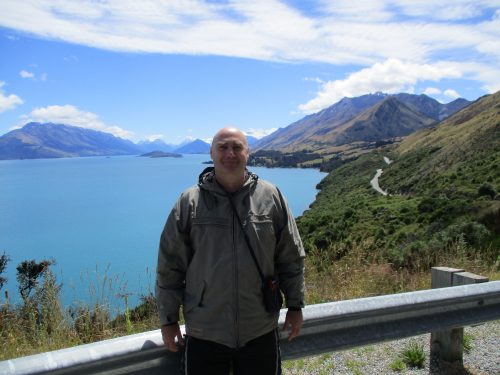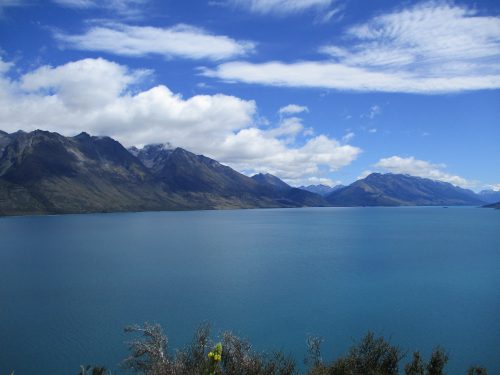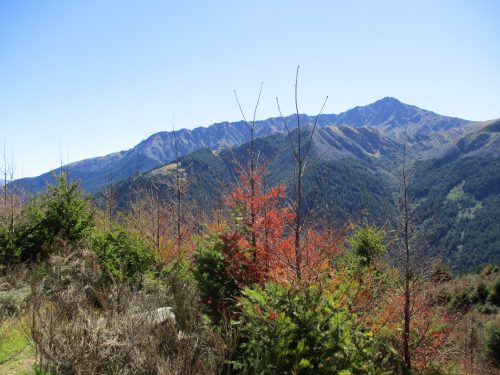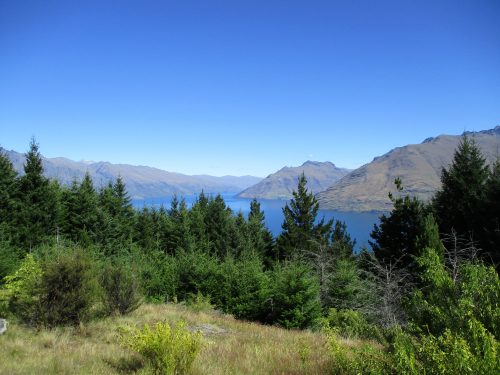Archive for the ‘BodyBuilding’ Category
Traditional Japanese & Chinese medicine for Microcirculation
Kampo is the name for Japanese traditional medicine.
Oketsu is disease of the blood and circulation. Scientific research has been done into some of the herbal medicines of Kampo.
Research papers include:
Acupuncture and Ryodoraku have relevance to microcirculation stimulation but you will have to look for a professional for more info.
Research papers on TCM include:
Microcirculation: A Foundation of Health
This post is from the following site:
https://ndnr.com/botanical-medicine/microcirculation-a-foundation-of-health/
Robin DiPasquale, ND, RH (AHG)
Microcirculation is defined as the flow of blood through the smallest blood vessels in the body. This includes capillaries, of course, but also arterioles and venules. Enhancing microcirculation in the body will increase oxygen-carrying ability and use, deliver nutrients, remove metabolic waste and toxins, support and strengthen the immune system, and increase adenosine triphosphate production. Increasing microcirculation can enhance the function of all tissues, organs, and glands and can bring a sense of greater overall well-being.
The study of microcirculation has developed into a specialty area in allopathic medicine. A professional organization called The Microcirculatory Society, Inc was founded in 1954 to encourage the exchange and dissemination of information about the microcirculation. The society holds annual meetings and has a monthly journal titled Microcirculation.1
In Traditional Chinese Medicine, the understanding is that “the qi moves the blood; the blood carries the qi.” Qi and blood flow together through the vessels. They are dependent on each other.
As the body ages or develops a chronic disease, the vital qi is diminished. The blood viscosity is increased and becomes more sticky, or agglutinated. In southern Appalachian herbal medicine, this is referred to as “thick blood” and is considered an etiology for many, if not all, chronic diseases. In addition, the spleen is not as effective in removing old damaged blood cells, capillaries are less flexible, and blood cells are more rigid and can be angular shaped, making it more difficult for them to pass through the capillaries. When qi and blood are not in motion, this is considered blood stasis, a Traditional Chinese Medicine diagnosis that is being evaluated relative to chronic diseases, especially those disorders associated with aging.2
In addition to what we do in our daily life to optimize our own innate pumping of the blood through the body, there are multiple modalities of healing that can be used to enhance the microcirculation. Exercise or movement of any form is significant. This can include any type of cardio work, weight training, yoga, tai chi, and so forth. Qi gong, pranayama, and other energy work move qi, so the blood will follow. Acupuncture, massage therapy, laser therapy, and far infrared sauna can all be considered. I am currently using pulsed electromagnetic field application in my practice, which I find amazing in its outcomes.3 This article will focus on herbal medicine and gemmotherapy.
For new blood to be generated, old blood that is not vital must be removed. If blood is not flowing well, you cannot give nourishing supplementation while the pathological influence remains. Move the blood first, and then give the nourishment.4 Herbal medicines and gemmotherapy can be used for moving blood stasis and for nourishing blood.
There are a group of herbal constituents that best support circulation. Phenolic compounds, especially flavonoids, are found extensively in brightly colored fruits and vegetables; they correct capillary fragility and are important in microcirculation. The anthocyanins are the red, blue, and purple flavonoid-related compounds, also key in enhancing capillary strength.5 The sesquiterpenes are 15-carbon terpenoids that seem to act as anti-inflammatory agents, tonifying muscles and nerves and strengthening connective tissue.6 The pungent principles seem to increase circulation through an increase in catecholamine secretion, especially adrenaline from the adrenal medulla, with the effect of stimulating the metabolism.7
Herbal Action Groups
In supporting circulation with herbal medicine, consider the following herbal action groups, with some examples of herbs to choose from. These can be used as simples or in formula.
Warming herbs increase peripheral flow and perfusion. These include Capsicum frutescens (cayenne), Zingiber officinale (ginger), Zanthoxyllum americanum (prickly ash), Piper nigrum (pepper), and Allium sativum (garlic).
Alteratives are blood purifiers and blood cleansers. These include Arctium lappa (burdock), Rumex crispus (yellow dock), Iris versicolor (blue flag), Scrophularia nodosa (figwort), Smilax species (sarsaparilla), and Trifolium pratense (red clover).
Diaphoretics eliminate toxins and fluid via perspiration through the skin. These include Eupoatorium perfoliatum (boneset), Achillea millefolium (yarrow), Sambucus nigra (elderberry flowers), Z officinale (ginger), Mentha piperita (peppermint), and Cinnamomum cassia (cinnamon)
Diuretics eliminate toxins and fluid through the kidneys and bladder. These include Taraxacum officinale (dandelion leaf), Juniperus communis (juniper), Petroselinum crispum (parsley), and Zea mays (corn silk).
Lymphatics keep lymph fluid in motion. These include Calendula officinalis (marigold), Galium aparine (cleavers), and Phytolacca americana (poke).
Venous support may be obtained from the following: Sorbus species (service tree), Hamamelis virginiana (witch hazel), Aesculus hippocastanum (horse chestnut), and Ruscus aculeatus (butcher’s broom).
Capillary wall and connective tissue integrity may be enhanced by the following: Equisetum arvense (horsetail), Centella asiatica (gotu kola), Vaccinium myrtillus (bilberry), Pinus species (oligomeric proanthocyanidin complexes in pine bark), and Vitis vinifera (oligomeric proanthocyanidin complexes in grape seed).
To treat blood stasis by invigorating and moving the blood,8 try the following: Ligusticum wallichii (lovage), Salvia miltiorrhiza (Chinese red sage), Curcuma longa (turmeric), Leonurus heterophyllus (Chinese motherwort), Rosa chinensis (Chinese tea rose) (or any rose will work here), Boswellia carterii (frankincense), and Commiphora myrrha (myrrh).
Blood tonics are warming, nutritive, and high in minerals.8 These include the following: Rehmannia glutinosa (Chinese foxglove) cooked in wine, Polygonum multiflorum (black-haired Mr He), Angelica sinensis (dang quai), Paeonia lactiflora (white peony), Lycium chinense (wolfberry), and Euphoria longan (longan fruit).
A Few Specific Herbs to Consider Working With
In any circumstances that require more effective circulation, begin at the pump, the heart. The following are a few specific herbs to consider working with.
Crataegus species (hawthorn) will increase the contractility of the heart muscle. This has positive inotropic and negative chronotropic actions, increasing the output of blood with each pump of the heart and the movement of blood through the entire system. The flowers have more flavonoids than the berries, although both are used. Another heart herb to consider is Terminalia arjuna (arjuna). The flavonoids act as anti-inflammatory agents, and the glycosides are cardiotonic. Terminalia arjuna also has positive inotropic action.
Salvia miltiorrhiza (dan shen [Chinese red sage root]) is bitter and slightly cold and enters the channels of the heart and liver: “It quickens the blood, moves the blood, and regulates transportation of blood fluid. The Da Ming [Mingyi Bielu, circa 500 ad] and Ri Hua [Rihuazi Bencao, 713 ad] refer to this as ‘eliminating stasis and engendering the new,’ with the implication of freeing and supplementing.”9 Salvia miltiorrhiza can move blood stasis and can nourish blood.
Polygonum cuspidatum is an invasive plant with big medicine. It is high in reservatrol, a major antioxidant-acting compound being used to assist in chronic conditions, such as heart disease, diabetes, arthritis, and cancer.10
Pycnogenol-containing herbs, including Pinus species (pine bark) and V vinifera (grape seed), are powerful antioxidants. They have specificity for rebuilding collagen, enhancing elasticity and resiliency, and strengthening capillary vessels. Centella asiatica (gotu kola) can also be considered one of the top herbal choices for enhancing the function of connective tissue.
A Gemmotherapy Group to Consider Working With
Gemmotherapy is a collection of plant extracts made from the bud or new growth of plants, mostly trees.11 The embryonic plant parts contain growth hormones and enzymes that are unavailable in the adult plant. These remedies can assist in the regeneration of organ and tissue structure and function through their herbal actions. They can be used individually, grouped together, or combined into formulas.
Sorbus domestica (service tree) is a regulator of venous circulation, decreasing serum viscosity, moving congestion, and tonifying venous walls. It works well in combination with Castanea vesca (sweet chestnut) in moving lymph channels. Aesculus hippocastanum (horse chestnut) contains aescin, a saponin complex, as well as the flavonoids quercetin and epicatchin, all strengthening the venous connective tissue. When used in combination with liver-moving gemmotherapies, venous circulation is facilitated. For lower leg circulation, Populus nigra (black poplar) modulates inflammation. Vaccinium myrtillus (bilberry), whether used as a food, herb, or gemmotherapy, improves microcirculation through the actions of the anthocyanidines, resveratrol, and many other flavonoids.
Thinning the blood viscosity can be one of the more important mechanisms in enhancing microcirculation, especially because thick blood is linked specifically to the development and complications of most chronic diseases. Cornus sanguinia (dogwood) acts as an anticoagulant, used for sticky or thick platelets or elevated platelet counts. It contains betulinic acid, as does Betula pubescens (white birch), which acts as a detergent, facilitating drainage of the entire vascular system. Although Citrus limonum (lemon twig) is considered an adjuvant remedy in support of other stronger and longer-acting gemmotherapy remedies, it increases blood flow quickly, enhancing circulation in all organ systems.
As support remedies, Cercis siliquastrum (Judas tree) has antisclerotic and anticoagulant action, and Syringa vulgaris (lilac) acts as an antispasmodic, facilitating vasodilation, especially of the coronary and carotid arteries. Syringa vulgaris is dosed very low initially to prevent too rapid of perfusion to these vital organs.
Alnus glutinosa (European alder) and Alnus incana (gray alder) are inflammation modulators, antioxidants, and anticoagulants. They decrease capillary fragility and have the potential to increase circulation by initiating angiogenesis.
Vitis vinifera (grape seed) and Pinus montana (mountain pine) contain pycnogenols, some of the more potent antioxidants in our medicinary. The gemmotherapy preparation of Crataegus oxycanthus (hawthorn) encompasses all the heart and circulatory system support of the herbal preparations, and when using gemmotherapy, the healing properties of the flower and fruit are both present in the extraction of the bud.
Via the ginkogolides and bilobalides, Ginkgo biloba (ginkgo) increases cerebral circulation and peripheral circulation, thins the blood by anticoagulant action, and dilates blood vessels, overall increasing blood flow and circulation throughout the body. Although Rosmarinus officinalis (rosemary) is considered primarily a liver and gallbladder gemmotherapy source with its antispasmodic, hepatoprotective, and cholagogue and choleretic actions, the flavonoids modulate inflammation, and the potent volatile oils move stagnant chi, enhancing microcirculation.
Gemmotherapy using Tilia tomentosa (linden), which also has the name Tilia cordata, is a gentle but powerful cardiac remedy. It primarily influences the nervous system to address rapid heart rate and an overall sense of anxiety, which can limit circulation to the heart and throughout the entire cardiovascular system.
Robin DiPasquale, ND, RH (AHG) earned her degree in naturopathic medicine from Bastyr University in 1995 where, following graduation she became a member of the didactic and clinical faculty. For the past eight years she has served at Bastyr as department chair of botanical medicine, teaching and administering to both the naturopathic program and the bachelor of science in herbal sciences program. Dr. DiPasquale is a clinical associate professor in the department of biobehavioral nursing and health systems at the University of Washington in the CAM certificate program. She loves plants, is published nationally and internationally, and teaches throughout the U.S. and in Italy on plant medicine. She is an anusara-influenced yoga instructor, teaching the flow of yoga from the heart. She currently has a general naturopathic medical practice in Madison, Wis., and is working with the University of Wisconsin Integrative Medicine Clinic as an ND consultant.
References
The Microcirculatory Society, Inc. News. http://microcirc.org. Accessed August 24, 2011.
Dexin Y. Aging and Blood Stasis: A New TCM Approach to Geriatrics. Boulder, CO: Blue Poppy Press; 1995.
BEMER 3000 pulsed electromagnetic field application (PEMF). http://www.bemeramerica.com. Accessed August 24, 2011.
Dharmananda S. Salvia and the history of microcirculation research in China. http://www.itmonline.org/arts/salvia.htm. Accessed August 24, 2011.
Mills S, Bone K. Principles and Practice of Phytotherapy. New York, NY: Churchill Livingstone; 2000.
Harrison J. Aromatherapy. Clifton Park, NY: Milady, Cengage Learning Inc; 2008.
Mills S, Bone K, Principles and Practice of Phytotherapy. New York, NY: Churchill Livingstone; 2000.
Bensky D, Gamble A. Chinese Herbal Medicine Materia Medica. Seattle, WA: Eastland Press; 1986.
Chace C, Liang ZT. A Qin Bowei Anthology: Clinical Essays by Master Physician Qin Bowei. Brookline, MA: Paradigm Publications; 1997.
Zhao KS, Wu KY, Tian Y, et al. The effect of Polygonum cuspidatum on the microcirculation in burned skin. In: Chang HM, Yeung WH, Tso WW, Koo A, eds. Advances in Chinese Medicinal Materials Research. Philadelphia, PA: World Scientific; 1984:591-595.
DiPasquale R. Introductory Training Manual: Gemmotherapy. New York, NY: Gemmos LLC; 2011.
Some bad medical news
I’m 53 in a few weeks. If you read some posts back I dealt with a high blood pressure problem. Well the good news is I cut out red meat, increased cardio a bit & fixed it.
The bad news is it did some damage. I got a retina scan 10 months ago & again a couple of days back. There is a micro aneurism.
A teensy bulging blood vessel on the back of my eyeball. It doesn’t mean I’m immediately gunna die but it does mean I need to sort my shit out.
The plan, more raw whole food in the diet. More HIIT & PHA training. Hbot, PEMF, Infra red therapy, intermittent compression sleeves, cryotherapy, pycnogenol etc.
I need to fix my micro circulation.
Ultimate Human Performance – Flexibility & ROM
Heard of the book “Cant Hurt Me” by David Goggins? Its a good book, easy to read & very motivational.
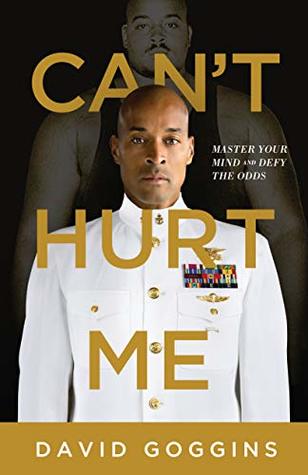
Goggins was a regular guy with a tough childhood that became a special forces operator & eventually retired to become an ultra endurance athlete. One of the best in the world.
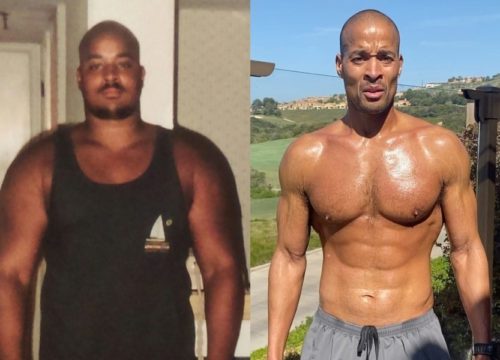
However sports people need to remember that there are millions of regular every day people that are just as fit. Goggins has a resting heart rate around 30 BPM. But my old lumberjack buddies when I was a teen did too. Heart rates of 40 BPM were normal from hellish weeks of pruning pine trees by hand. The top guy pruned 180 trees in a day. That’s an insane feat.
They were regular young guys that were as fit as super athletes & special forces. Did it go to there heads? Of course it did. That’s another story. Unfortunately we all had cannabis & alcohol problems back in the day. Many still do.
Anyway when you perform like this for a long time you get injured. You end up a broken man. Very few people ever 30 do that forestry job.
Goggins is injured bad & isn’t 50 yet. His solution – Ultimate Human Performance
This is a stretching & flexibility program from a kinesiologist with the surname Hippensteel. Hippensteel’s brother is an over 60 masters crossfit champion.
I’ve checked the program out & its excellent. Plain language and no BS. The exercises are practical and to the point.
Joe Hippensteel
So you need to check it out for yourself.
Ultimate Human Performance https://www.ultimatehumanperformance.com
PS: I guess that for me was the big takeaway from Goggins book coz I too had a rough childhood, hung with some bad ass characters in the day. So for me that part of the book was not so unusual.
Zapping my Back – Episacral Lipoma (hernia)
A long time ago in the Army we used to use webbing with metal pins. These would dig into your lower back above your hip bone. We had old Alice packs & these would often force down upon the webbing so those metal pins would rub & dig into the back fascia all day long.
I recall I used to consider that it was probably doing damage that would pop up one day.
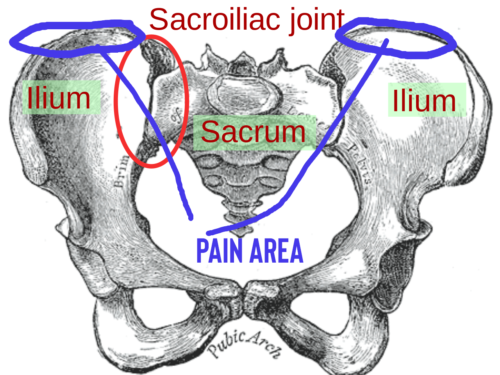
That day came some 13 years later. Seven years ago roughly I started to get back pain occasionally in that very same spot above my hip bone on both sides. The iliosacral region above the hip bone flexes and bends a lot. It also rubs against the ground if you engage in some activities. I do all of those things in my job renovating & painting houses.
I climb up and down ladders and scaffolding. I bend over & pick stuff up. I lie & roll around on steel rooves & concrete floors all day long. Have for 20 years.
I twist, bend & rub all day long in that job.
So a few years back I started to get a couple of bouts of back pain every year. It would last a few hours or a day or two and be gone for months.
Gradually the incidences began to become more frequent. After 4 years or so I was getting it every couple of months.
It was around this time I noticed there were some small welts or soft lumps exactly where it would hurt. I assumed these were muscle knots & several massage people told me that was the case & massaged the area.
Not a good thing to do on a hernia & I never got any relief at all from massage
Over time the lumps got bigger and the pain became more frequent. Excruciating pain like a stubbed toe. But in my back
However its intermittent & when it doesn’t hurt there is zero pain upon palpation.
Eventually after many years I realized the lumps are lipomas. Unfortunately GP’s are trained that lipomas are benign and not painful.
Its kind of like dentists being trained that cavities are not painful.
Trust me Episacral Lipoma is as painful as hell. It hurts like the devil for hours relentlessly.
So I went to 2 physiotherapists who confirmed the lipoma’s but had no idea how to treat it. I went to a GP who was clueless and said it doesn’t hurt to have lipomas & he refused to remove them surgically.
I wanted to punch him in the face but politely told him I wont be using his services.
Finally after years of pain I know exactly what I have & that it can be fixed with a 20 minute operation under local anesthetic.
OK so in this stupid city Auckland I cant find a surgeon that is willing to do the surgery.
There is one final option though it just takes longer. A couple of research papers document episacral lipoma being treated with ultrasonic fat cavitation. Also ultrasound shockwave therapy. Both methods can shrink the lipoma (fat hernia) and allow the torn fascia that it has protruded through to heal.
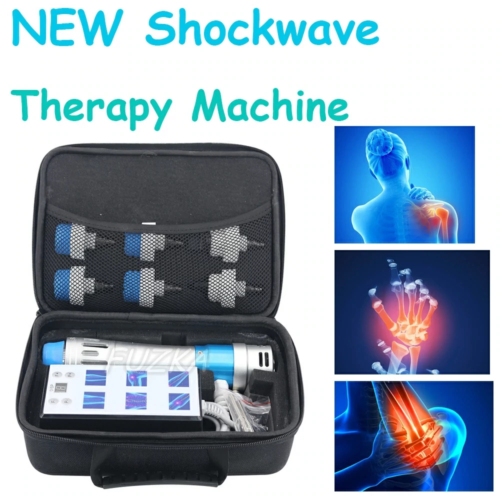
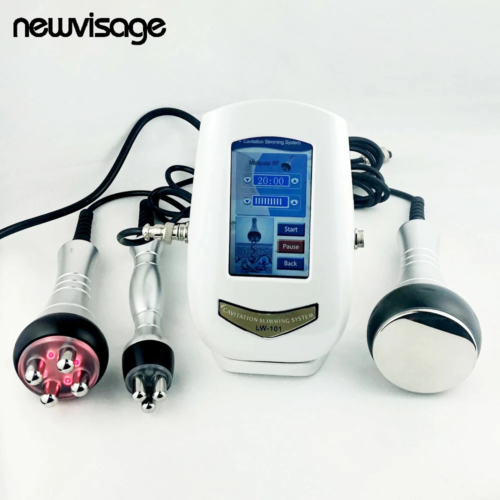
I have ordered the two machines above from Aliexpress to treat the lipomas.
I got the fat cavitation machine yesterday & have already done a treatment. This will melt & shrink the lipoma.
I don’t yet have the shockwave machine. This will also melt the lipoma & in addition will stimulate the damaged fascia & ligaments to heal.
I expect this to take 3-6 months minimum.
Queenstown as a fitness desination
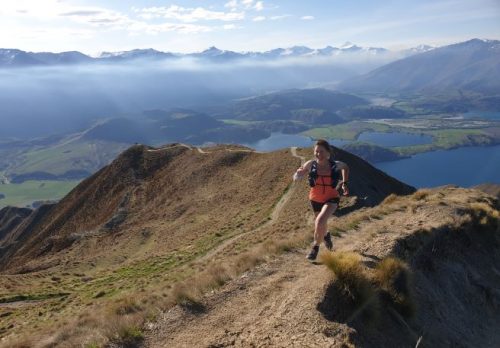
Well there are two sides to Queenstown as a fitness destination. Good & bad. I’m leaving in a week after a 2 month stay.
I’ll tell you the bad stuff first. The air here is polluted. You wont see that in any article or official report but I have coughed my guts out the whole time I have been here – especially at first.
In the tourist village its caused by chimneys all over the place. Being an alpine village it often gets a bit chilly & folks just crank up the fire.
However on other trips I have stayed at Frankton near the airport & also coughed my guts out. Over there it was a dust bowl. So if the smoke doesn’t get you the dust will.
Up on the mountain in the trees however the air is clean & fresh. As it is most places around here just not where most of the people are to be found.
OK second thing wrong with the place is drugs & alcohol. The village is full of bars & drunks. At the backpackers here they are on LSD & god knows what. So many people come here to party not keep fit.
Finally this is not a town for bodybuilding & powerlifting. Of course you can do that anywhere if you want but it is not the focus here.
I joined the local gym which makes it pretty clear its a gay friendly gym. I am not gay lol but its the only place available to train without catching a bus. So I would have much more preferred to train at a hardcore body building / powerlifting nohomo gym.
There are a bunch of CrossFit & fighting gyms in town but again – probably not for heavyweights in this town.
Now for the “good” news – kind of
This place is a meca for endurance sports & athletes. There’s are so many super fit mother fuckers around here that kick my ass at endurance. Cycling – there are races all over the place, marathons – they just do it daily, not up hill, up mountain. Even many old people here are super fit, and the freaks on LSD are also very fit at endurance.
Suffice to say all of the folk hiking for days on end & zapping up mountains in 1/4 the time of me are skinny little runts with little fat or muscle.
I can beat them all up but they are kicking my ass badly at cardio. The consolation is that Queenstown is a special destination. People that come here to participate in the sports or great hikes usually have trained hard at endurance for months in advance. If you come here as a weightlifter & they kick your ass like me, don’t feel so bad. These fuckers came prepared.
So if you are cutting, losing some fat & building up endurance this is a great place to be for a while.
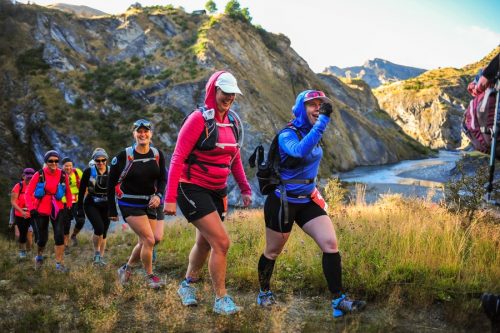
Back in Awesome Queenstown
Yeah now this is a good place to endure COVID. At least in summer time. I’d love to stay a couple of months. Currently have a sore throat & nasty head cold. Blood pressure is fine.
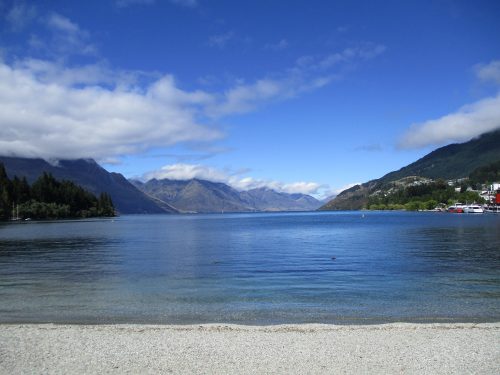
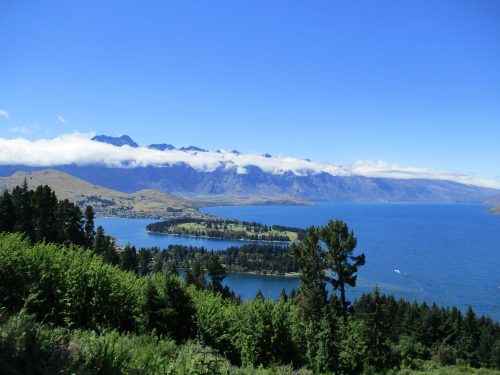
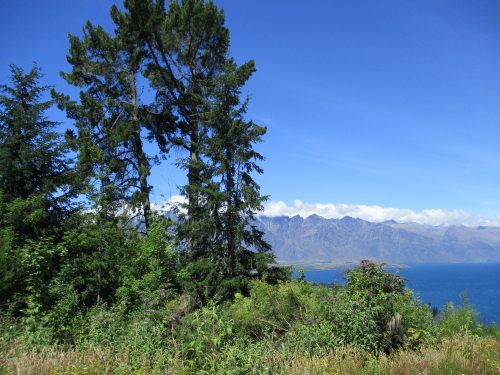
Blood Pressure Apocalypse
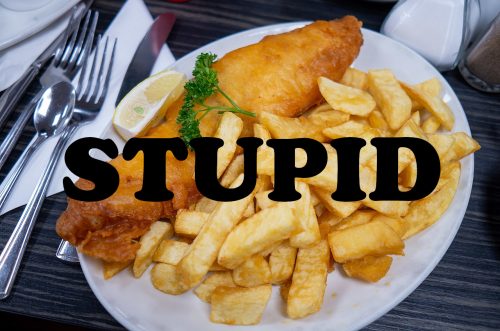
I posted a while back about my Blood Pressure & how I quickly got it under control & everything was great.
Well during my travels up in northland for 7 weeks I got slack. I took none of my BP lowering herbs, no hibiscus tea. I trained hard at the gym but ate burgers, fish & chips and entire tubs of chocolate ice cream. I gained 6 kg.
Didn’t take my blood pressure monitor so had no idea what was going on.
Well I am in Auckland now for a few days before heading south to Queenstown. Bought a new monitor & check. 180/90
Yes it was freaking heart attack level yesterday. I tested it about 20 times over the rest of the afternoon and evening. Average reading is 160/90. Not good at all and I had a few spikes like 175/100. Over night I checked twice 137/96 & 150/90 this morning.
Following that early morning I had several normal readings. Yesterday I had only 2 normal readings out of 20 or so.
Well I went & got my Mukta Vati pills & hibiscus tea. Dropped an aspirin too. No more junk food for me – ever I hope. It should come back down pretty fast I hope. If not medical assistance will be required. My symptoms? Zero. Wouldn’t have known without the monitor.
Don’t let your guard down.
UPDATE: 5th Jan 2021. Blood pressure back to normal this morning. 122/80. Took 2 Mukta Vati pills twice a day. Hawthorn, coQ10, hibiscus tea & garlic. Also cut out all junk food & am mostly veg. So that’s it only 2 days to fix with correct herbs & diet. Most important to do slow belly breathing exercises & reset nervous system.
Keiser Air Resistance Machines
I used to train at the same gym for over 20 years. It had 2 gyms, a giant heated pool, squash courts & a large basketball court. There was even a shooting range underneath the gym. Sadly it got contaminated with lead from the rifle range & the cost of decontamination was too great.
Youthtown, one of the best gyms in town shut permanently. After this I did kettlebells & functional training hardcore for 5 years & ended up tearing my rotator cuff. That injury took 18 months of daily physio to get back to 90%. So much for functional training. Its bullshit.
So since that time I have been training heavily at cityfitness which has gyms all over New Zealand some of which are very large & well equipped but its not a power lifter or bodybuilders gym. In many ways its what I call a poofters gym. Plus the music they play is fucking terrible.
Anyway I am out of Auckland for the summer & recently dropped into a gym in Whangarei called Pumping Iron Gym. I also had a few sessions at the aquatic pools gym which has a sauna.
Pumping Iron Gym is a real gym for bodybuilders and power lifters. Best of all they have Keiser Air Resistance Machines.
I had never seen these machines before & they look a bit weird. A bit of a gimmick maybe but having trained for 36 years I had to try it out. I tried the leg extension first. Not bad & I liked the way you control the air pressure with buttons or a foot press. Its so easy and gives you immediate control over resistance either up or down. You can even change resistance effortlessly during an actual movement or isometric hold.
I swapped to regular weights for my hams & as there was a real hot chick doing stretches in the Keiser machine area I went back & tried the pec machine, like a fly I think it was called the butterfly machine. OK again not bad being able to change resistance on the go.
Next I tried the seated bench machine. This is when the lights went on. The machine can go up to 600 lbs. After 36 years training I know my body. This machine is what I want. I’m sure I can double my bench real fast training on this thing. Why? There is no jolting, no strain on tendons that is biomechanically compromised. It just feels way better than fixed resistance. You have foot pedals controlling resistance. You can pump it up for a super strong lock out and pull back down where you need to. you can change resistance immediately for each set.
Its a chest training machine that certainly works for me. The bummer is I leave here on thursday & will only get one more session.
I searched the net & cant find any other gyms in NZ with this gear. Thats not to say they are not out there. Still looking.
Frankly if I can find a Keiser equipped gym to train at for 1-2 years I will be stronger than I have ever been.
